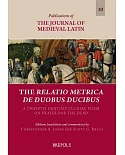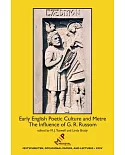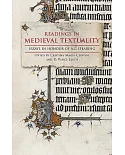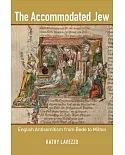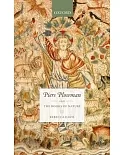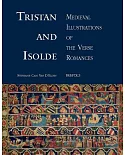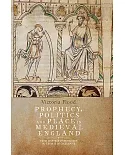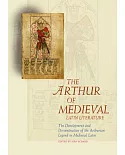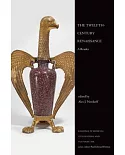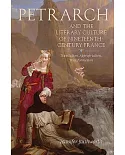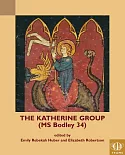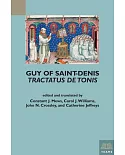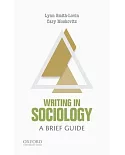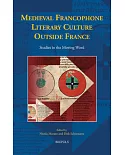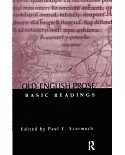"Sacred and profane, public and private, emotive and ritualistic, internal and embodied, medieval weeping served as a culturally charged prism for a host of social, visual, cognitive, and
linguistic performances. Crying in the Middle Ages addresses the place of tears in Jewish, Christian, and Islamic cultural discourses, providing a key resource for scholars interested in
exploring medieval notions of emotion, gesture, and sensory experience in a variety of cultural contexts. Gertsman brings together essays that establish a series of conversations with one
another, foregrounding essential questions about the different ways that crying was seen, heard, perceived, expressed, and transmitted throughout the Middle Ages. In acknowledging the porous
nature of visual and verbal evidence, this collection foregrounds the necessity to read language, image, and experience together in order to envision the complex notions of medieval crying."--


